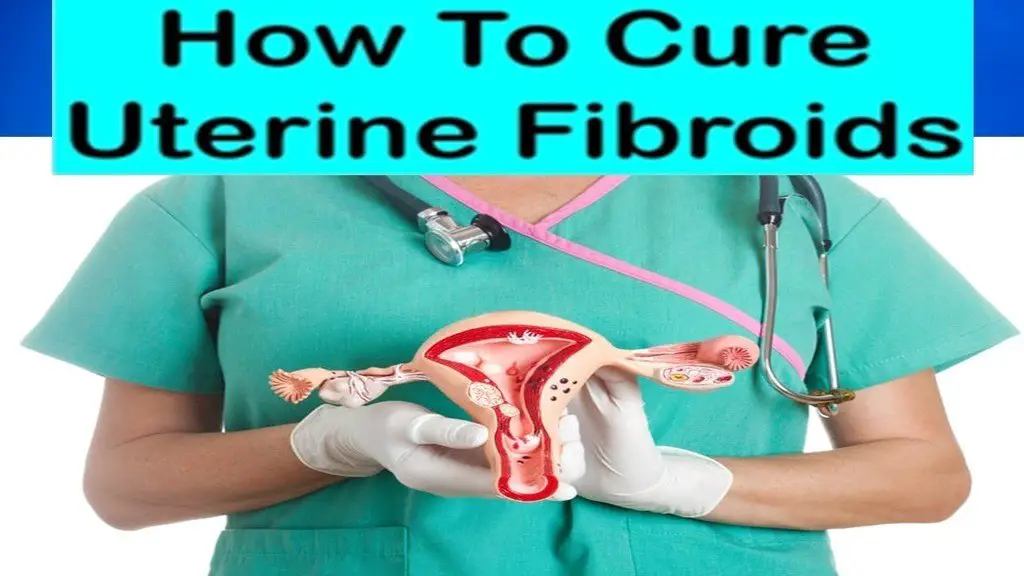3. Avoid Foods That Make Fibroids Worse
High-Fat, Processed Meats are some of the worst food choices for women when it comes to fibroids. Foods high in unhealthy fats, like hamburgers or sausages, can increase inflammation levels. Processed foods also contain chemical additives and other ingredients that lead to increased inflammation.
Make sure to reduce the amount of meat you eat where you can. An easy way to do this is to replace the unhealthier stuff with plant-based protein in your diet. When you do eat beef, always try to go for grass-fed.
Conventional Dairy, as in, the non-organic type, can be high in steroids, hormones and other chemicals that can end up altering your hormones levels when you consume it in high amounts. This encourages the development and growth of fibroids.
Refined Sugar is a bad one anyway, but in the case of fibroids, it can worsen symptoms by promoting inflammation and causing weight gain. Refined sugar is also thought to increase pain and reduce immune function. When you gain weight, this can cause a hormonal imbalance, which encourages the development of fibroids.
Refined Carbohydrates are something we don’t consider as much as sugars, but they can be just as bad for women dealing with fibroids. If you want to manage your hormones, you need to focus on eliminating refined carbs — like products made with white, bleached flour. These cause insulin levels to spike and hormones to become off-whack.
Alcohol isn’t the best for us – we all know this anyway. But when it comes to fibroids, over-consuming alcohol leads to increased inflammation throughout the body and reduces immune function; can promote weight gain; and encourages hormonal imbalances. When you reduce or eliminate alcohol, you can get your hormones back on track and help shrink existing fibroids.
Caffeine, found in coffee and chocolate, can be taxing on your body when you consume too much of it. It especially effects your liver, and when this organ has more work to do than it can handle, it can’t focus on keeping your hormones in check. The less caffeine you consume, the easier it is for your liver to detoxify your body and keep your hormones in proper balance.
